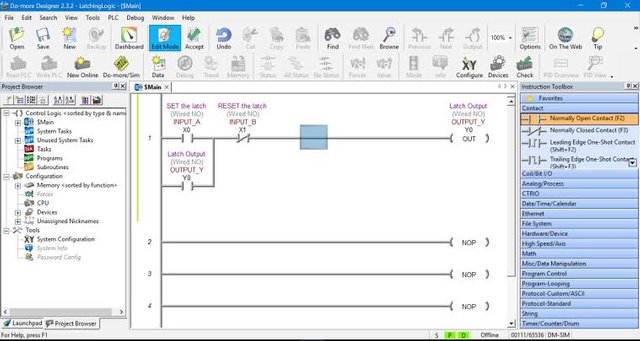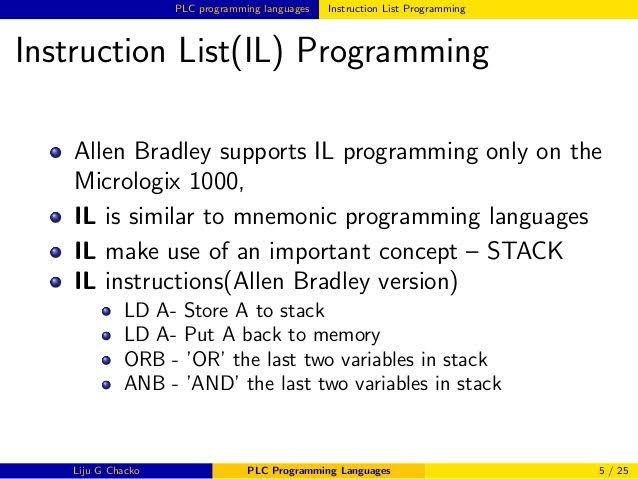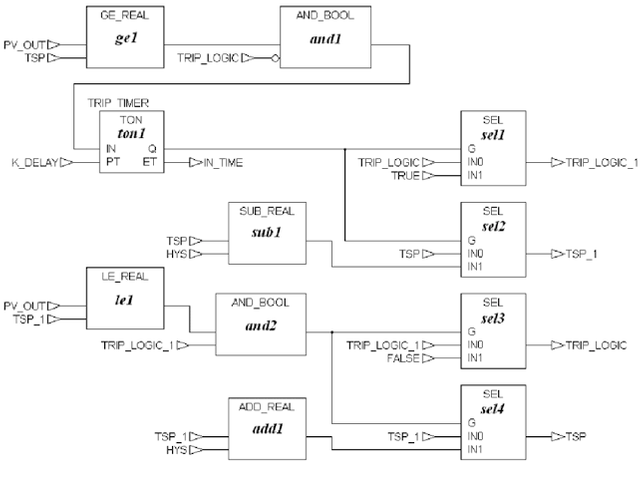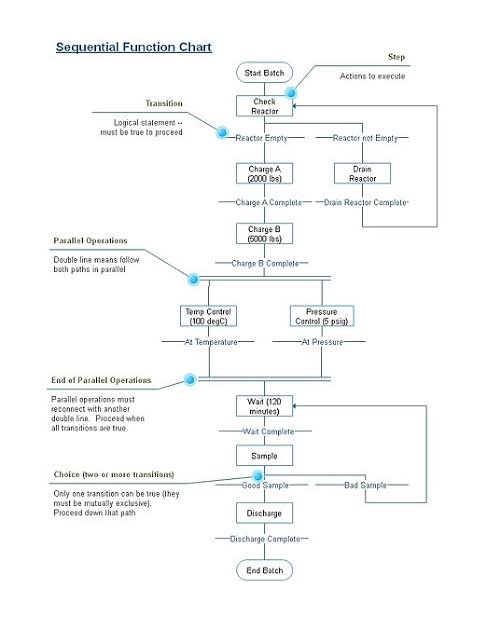How Many PLC Programming Languages Are There?

1. Led language (LD)
conforms to the principle of electrical operation and is intuitive and reliable; Easy to master electrical designers and currently widely used on small PLCs.

2:Instruction List Language (IL)
Instruction List Programming Language is a pneumatic programming language similar to assembly language, consisting of assembly languages such as opicodes and operands. In the absence of a computer, it is advisable to use a PLC handheld programmer to set up user programs. Right now, basically no one uses it, but we should understand that too.

3. Function Module Language (FBD)
Function module language is a PLC programming language like digital logic circuits. This is a relatively new programming method that uses the form of boxes to represent operating functions, similar to the digital logic Gates programming language. This is easy to understand for people who are the founders of digital circuits, because functional modules can clearly express functional relationships, so that the programming and de-bugging time is greatly reduced. At present, this language is developing. The International Electrotechnical Association is implementing and developing this new programming standard, and some PLC manufacturers have begun supporting this language in medium and large PLCs!

4. Sequential Function Language (SFC)
Sequential Function Language is a programming language designed to meet the structure and standardization. For responsible control systems, when internal interlocking and interlocking are extremely complex, the sequence of device actions can be intuitively viewed using the language of action. The program is easy to read and understand and it is easy for different people to understand the program written by other people because the program is written according to the sequence of actions of the device, with strong regularity, no complex interlocking circuit is required. And the system is easy to design and maintain. Currently this programming language is best suited for engineering and technical staff engaged in process design,So it is a dialect that has notable outcome, is amazing, and has a good future.

5. Structured Text Language (ST)
Structured Text Language is a programming language that uses structured text to describe programs. It is a programming language like a high level language. In large and medium-sized PLC systems, structured text is often used to describe the relationship between different variables in the control system. It is mainly used for user programming which is difficult to implement in other programming languages. These five programming languages are trapezoidal, and are the easiest programming languages to master.

Special Mention
Wishes By



